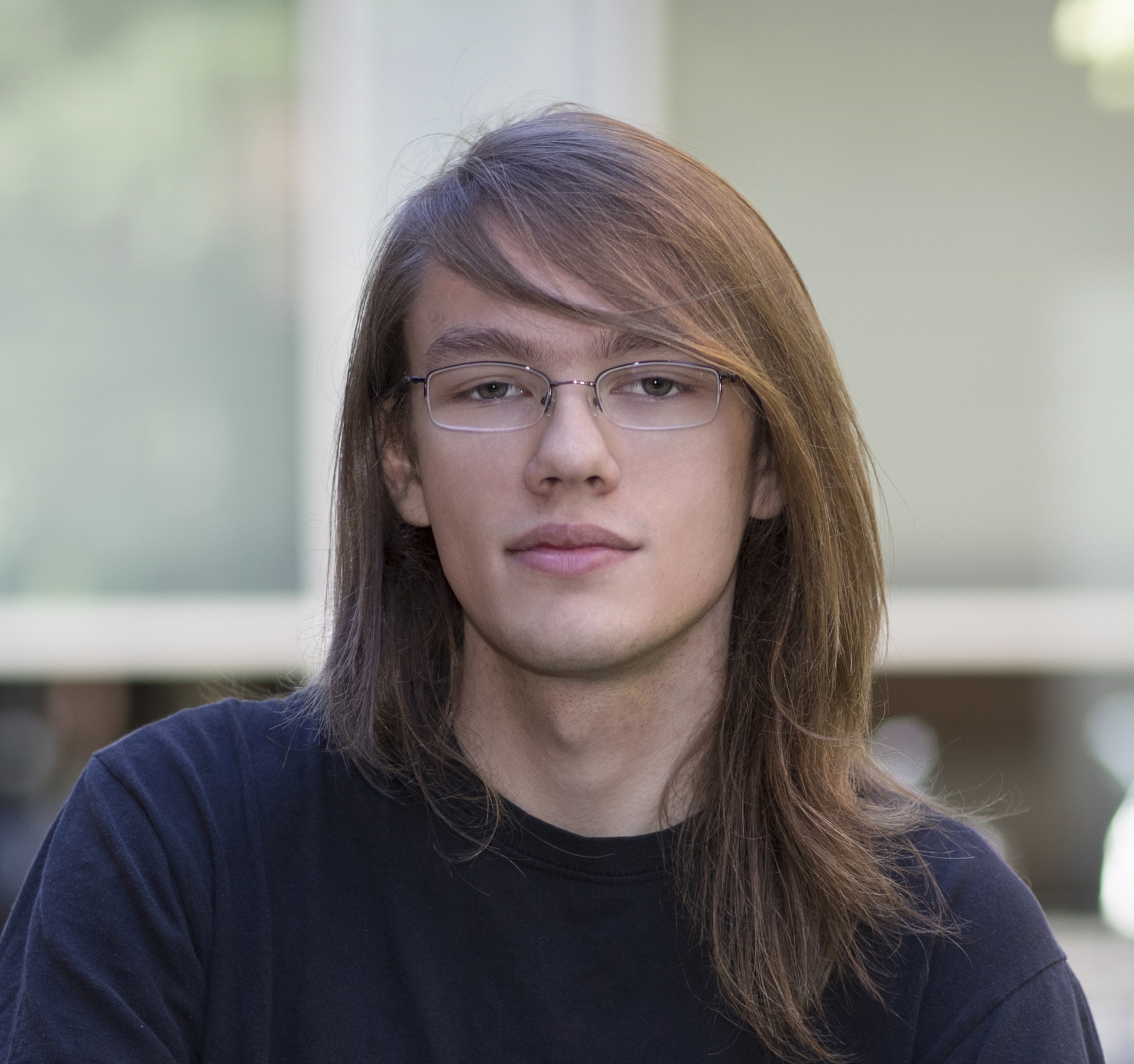I am a PhD student at the University of Washington working on problems in cosmology and astronomical instrumentation, with a focus on using machine learning and forward modeling to extract physical insight from complex data. My current work spans two threads: developing deep-learning–based optical system diagnostics for the Vera C. Rubin Observatory, where I use convolutional networks and domain adaptation to infer telescope aberrations in real time; and building fast, physically informed emulators to model the impact of reionization and baryon–dark matter streaming on the small-scale structure of the universe. I’m broadly interested in methods that connect simulations and observations and finding optimal ways to deal with large volumes of data using machine learning.
I am fascinated by dark matter and my research is focused around constraining its nature. I am particularly excited about using stellar streams as a tool to probe the properties of the smallest subhalos.
Beyond research, I enjoy reading, hiking, skiing, coffee shop exploring, and photography.
Linda is a Physics graduate student specializing in cosmology and machine learning. Her research aims to bridge robust AI methodologies, high-performance computing, and fundamental scientific questions in astrophysics. In her early work, she developed physics-informed neural networks and field-level emulators for hydrodynamical simulations, including a differentiable end-to-end parameter inference pipeline. The applications of her work span the intergalactic medium, weak lensing, and cosmic microwave background (CMB) maps. She is currently working with observational data from Euclid and Rubin to robustly estimate high-redshift galaxy statistics as tracers of dark energy evolution.
Zhuofu (Chester) Li is a Ph.D. student studying Astrophysics, Statistics, and Data Science at the University of Washington. His research integrates data science, astrophysics, and machine learning to explore the mysteries of the Universe. Chester’s recent work includes estimating rotation periods for Jupiter Trojans using Zwicky Transient Facility lightcurves, identifying temporary Jovian co-orbitals through large-scale N-body simulations, and applying simulation-based inference with normalizing flows to constrain dark matter using stellar streams. He is also the founder of the UW Data Science Society, where he builds interdisciplinary collaborations between astronomy, statistics, and computer science.
Anastasios (Andy) Tzanidakis is a second-year Astronomy Ph.D. student at the University of Washington. Currently, he works under Dr. Eric Bellm and the Vera C. Rubin Observatory data commissioning and alert production team with a focus on time-series analysis and transients by writing and evaluating period-finding algorithms that will be implemented in the alert production of the forthcoming Vera C. Rubin Observatory. Andy also works with Dr. James Davenport on the discovery and characterization of long-deep-eclipsing stellar systems using Gaia and the Zwicky Transient Facility survey. Particularly, with a focus on collecting a statistical sample of such long-deep-eclipses as a probe to understand their formation channels.

I am interested in problems and projects that are influenced by and require large-scale computing resources and knowledge of advanced statistical techniques. Usually anything that requires me to write a novel piece of code will pique my interest. While a graduate student at the University of Washington, I’ve worked on building a science platform for performing distributed computing in the cloud with an intent to make feasible the analysis of terabytes of catalog data from the Zwicky Transient Facility [1], I’ve developed software that integrates JupyterHub and Jupyter notebooks with the checkpoint/restore functionality of the Podman container software [2], I’ve developed pipelines for processing image data from the Dark Energy Camera to search for solar system objects, and I’ve worked on developing methods using e.g. principal component analysis for predicting the metallicity of RR Lyrae stars from their light curves. With the Statistical Sciences group at Los Alamos National Laboratory, I’ve helped evaluate the effectiveness of approximate Gaussian process models for building statistical emulators of expensive computer simulations.mical data sets in the Cloud.
John Franklin is a graduate student in the Physics Department, and a member of the Dark Energy Science Collaboration (DESC) and the Informatics and Statistics Science Collaboration (ISSC) of the Vera C. Rubin Observatory. He is interested in developing machine learning methods to solve interesting problems in cosmology, such as photometric redshift estimation, deblending, and lensing. Some of the overarching themes of this research are forward modeling, reconstructing high-resolution information from low-resolution data, and incorporating physical information into the structure of machine learning models.






